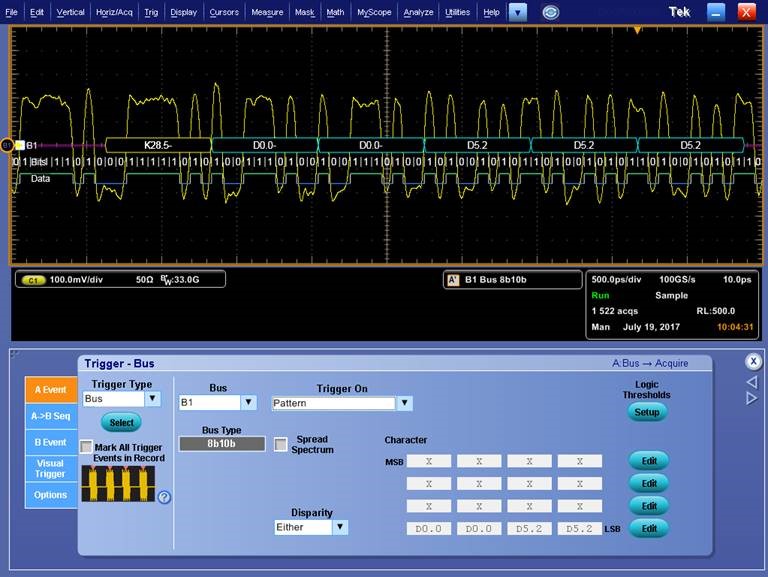
Overloading is a serious problem for mechanical and electrical systems alike. Highway systems here in Ohio and across the US all have checkpoints so officials can weigh heavy trucks to make sure they aren’t overloaded and causing damage to themselves or roads and bridges. In our homes, we have strict regulations and fuses to make sure we don’t overload circuits and burn our houses to the ground – as what used to happen in the early days of electrification.

The consequence of overloading like the extreme example above is no laughing matter when it happens to your instruments.
Similarly, in the test and measurement world, any instrument can be damaged if excessive current or voltage is applied to its input. That’s why we publish the maximum applied voltage and current in the specifications for all our instruments.
Paying close attention to these specs is particularly important for Keithley picoammeters and electrometers, which are designed to measure very small amounts of current. Sometimes, however, the circuits we’re measuring can have a large voltage associated with them. In applications like these, if the device under test (DUT) were to suddenly become low impedance for some reason most of the voltage and/or current could be input to the meter. This will cause damage even if the over voltage or over current is only applied for a short time.
In these cases, additional overload protection is required. Let’s a look at how this works.
Picoammeter protection
The instrument most frequently needing protection is the picoammeter or electrometer in the current measuring mode. The instrument may be used to measure leakage current of reverse biased diodes, capacitors, cables or connectors. If the applied voltage exceeds the maximum recommended for the instrument, then additional protection is necessary.
The protection circuit shown below depends on the low input voltage burden of the feedback picoammeter. Typically this is less than 1mV, so the diodes will not conduct. The diode leakage at this level is generally less than 1pA, so the circuit will not interfere with measurements of 10pA or more.
The series resistor must be of high enough value resistance to limit the diode current to a safe value. And it must be able to withstand the maximum input voltage without arcing or burning up. The 1N3595 is rated to carry 225mA (450mA repeated surge). With two diodes in parallel (back to back), the circuit will provide protection regardless of the input polarity.

The series resistor may cause excessive loading error at high input currents, but this is usually not a problem. A good guideline is to use a large enough resistor to cause a 1V drop at the maximum current to be measured.
The protection circuit should be enclosed in a light-tight shield because the diodes are photosensitive. The shield should be connected to the low of the ammeter.
SMU instrument overload protection
The image below illustrates an overload protection circuit for an SMU instrument in the ammeter mode. This circuit consists of two zener diodes (D3 and D4) connected between the Guard and LO (or Common) terminals, a current limiting resistor (R) in series with the HI terminal, and two low leakage diodes (D1 and D2) between the HI and Guard terminals.

The two zener diodes are used to clamp the guard to LO (or the Common terminal). These should be rated slightly higher than the SMU instrument’s maximum measurable voltage. The leakage current through the zener diodes results in a voltage drop across the resistor, so low leakage zener devices are desirable.
The resistor (R) is used to limit the current through the diodes (D1 and D2). The resistance value should be large enough to limit the current flowing through the diodes to one-tenth of their forward current rating, thereby preventing diode damage. The resistor must also be rated high enough to meet the power dissipation requirements while the zeners are conducting.
High impedance circuit construction, such as Teflon standoffs, must be used. The protection circuit should be built into a light-tight, metal-shielded enclosure with the shield connected to the LO terminal of the SMU instrument.
The consequences of overloading can be unpleasant and costly, so it’s important to make sure you never apply more of a signal than the rated specifications to your instrument’s inputs. Employ the circuits I’ve just discussed to protect your instruments if the application requires higher than rated specifications.


